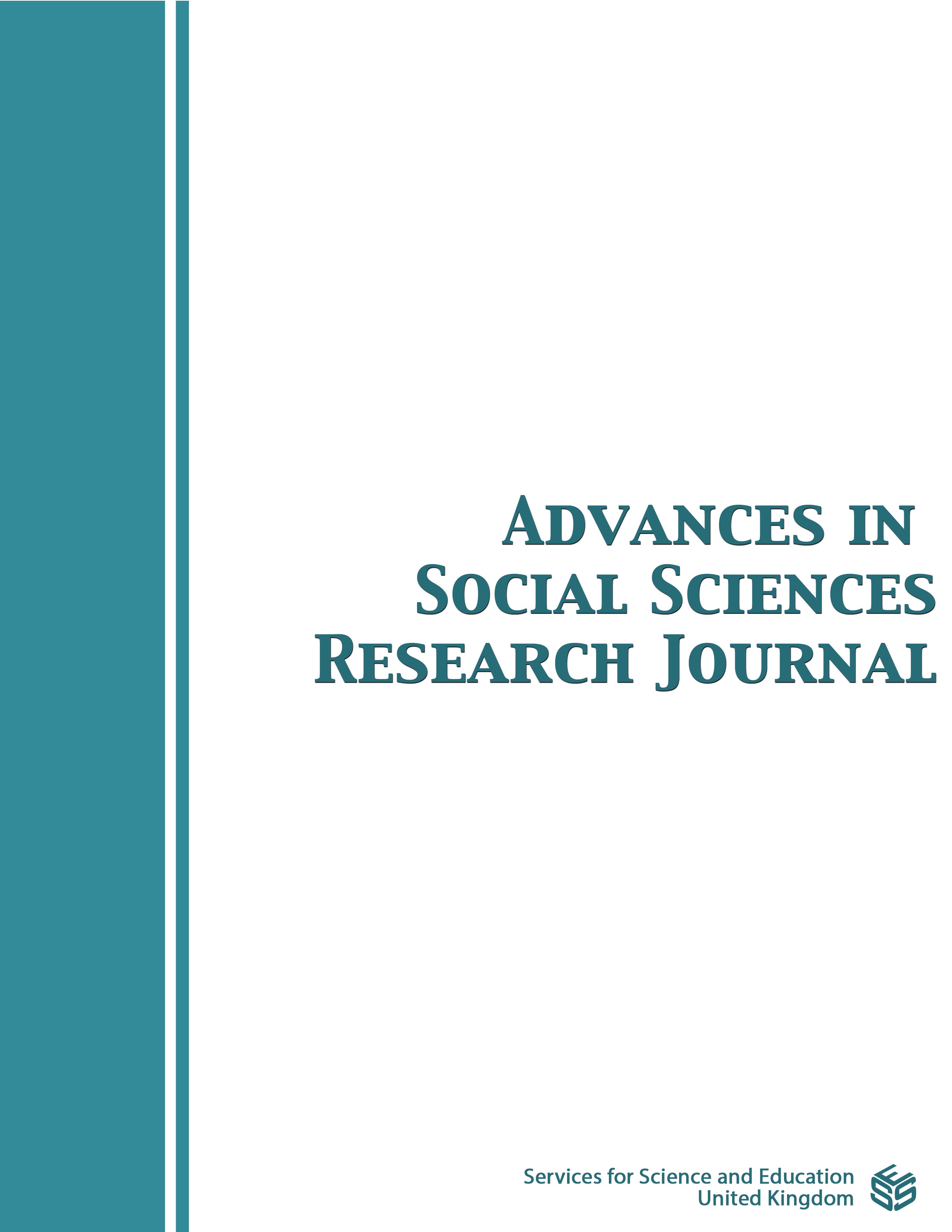Effectiveness of Self-Evaluation, Peer Evaluation and 2nd-Step Self-Evaluation- Covering Anchoring Training in Maritime Education and Training
DOI:
https://doi.org/10.14738/assrj.912.13718Keywords:
Self-Evaluation; Mutual Evaluation; 2nd-step self-evaluation; SCAT (Steps for Coding and Theorization); Anchoring Training.Abstract
Evaluation is an essential part of education and training, and it can be used in maritime education and training to help learners organize their knowledge and improve their skills, as well as to improve education and training methods. In this study, self-evaluation and mutual evaluation were conducted during anchoring training on the training ship Shioji Maru belonging to the Tokyo University of Marine Science and Technology. In a survey of students trained in 2020 and 2021 regarding the acquisition of knowledge and skills, 94.5% of students rated themselves as “very effective” or “effective” in their self-evaluation and 92.0% of students rated themselves as “very effective” or “effective” in their mutual evaluation. Comparing the self-evaluation scores with the mutual evaluation scores, it was found that the mutual evaluation scores tended to rank higher than the self-evaluation scores. This is thought to be due to a lack of confidence in one’s own ship handling skills, which leads to harsh evaluations of oneself and more lenient evaluations of others. It was also found that the higher the instructor’s evaluation score, the smaller the difference between the self-evaluation score and the instructor’s evaluation score. Students with higher scores in the instructor’s evaluation were more confident in their ship handling skills, which is thought to indicate that they can evaluate themselves more accurately. On the other hand, self-evaluation was conducted at an early stage immediately after the training, and the bridge operation team and the entire team also conducted the self-evaluation again after the debriefing. In other words, a 2nd-step self-evaluation was conducted through two evaluations conducted at different times. We show the results of a qualitative analysis of the students’ impressions and opinions of these self-evaluations and peer evaluation using the steps for coding and theorization (SCAT) method.
Downloads
Published
How to Cite
Issue
Section
License
Copyright (c) 2022 Yoshiaki Kunieda

This work is licensed under a Creative Commons Attribution 4.0 International License.
Authors wishing to include figures, tables, or text passages that have already been published elsewhere are required to obtain permission from the copyright owner(s) for both the print and online format and to include evidence that such permission has been granted when submitting their papers. Any material received without such evidence will be assumed to originate from the authors.






